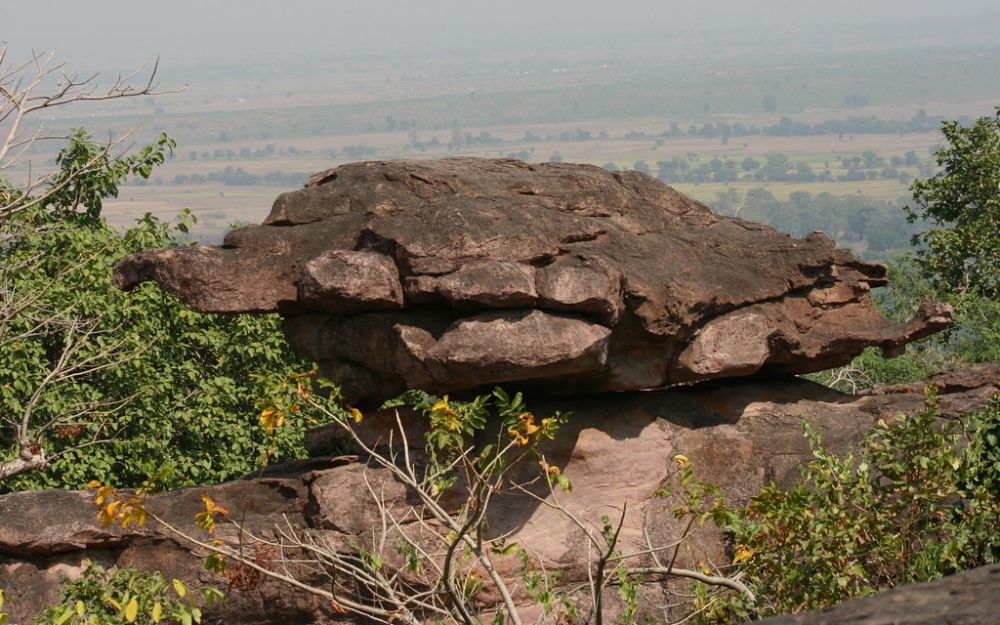

The rock shelters of Bhimbetka, a World Heritage Site famed for its prehistoric cave paintings, are set in the rugged terrain of dense forests and craggy cliffs. Among these archaeological treasures lies the remarkable formation known as Turtle Rock, named for its striking resemblance to the shape of a turtle. To fully appreciate the natural beauty and historical significance of Turtle Rock, the best time to plan your visit is during the cooler months from October to March. During this period, the climate is pleasantly mild with reduced humidity, offering an ideal environment to explore the outdoors and the ancient rock art without the discomfort of excessive heat. Early mornings are particularly magical as the soft sunlight bathes the rocks, enhancing the natural hues and rock formations. This period also coincides with the Indian winter, resulting in clearer skies and better visibility, perfect for photography enthusiasts eager to capture the beauty of Turtle Rock and the surrounding landscape.
The summer months, from April to June, can be extremely hot, with temperatures soaring, making daytime excursions to the rock shelters less comfortable. The monsoon season, spanning from July to September, while bringing the natural surroundings to life with lush greenery, can also make the terrain around Turtle Rock slippery and more challenging to navigate. Additionally, the rains may render some of the rock art and paths less accessible. Therefore, for safety reasons and to ensure a pleasant visit where all significant sites, including Turtle Rock, are accessible, timing your visit outside the monsoon and hot summer months is highly recommended. Moreover, winter also hosts various cultural events and festivals in Madhya Pradesh, adding an extra layer of cultural experience to your visit to the Bhimbetka rock shelters and Turtle Rock.